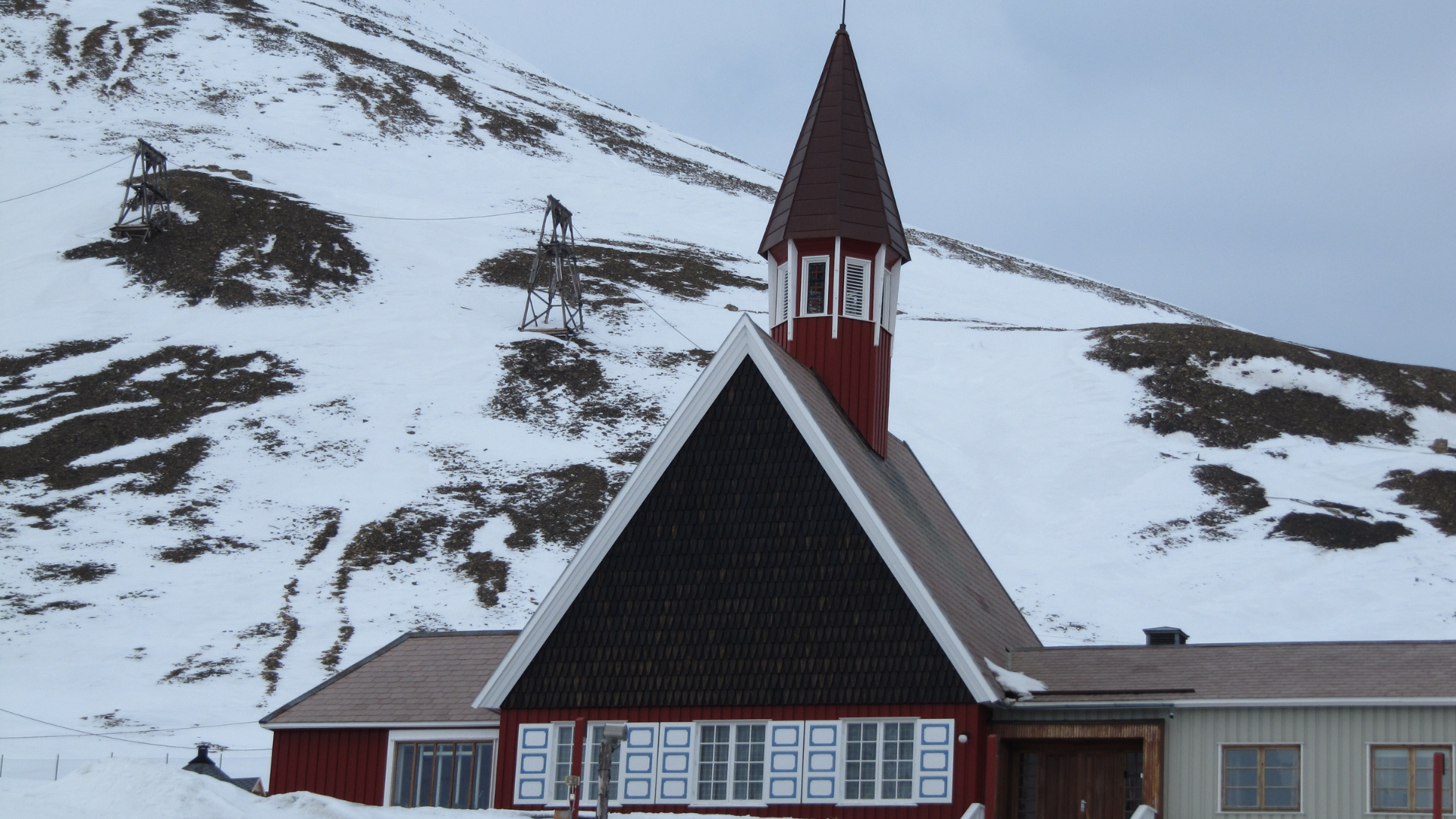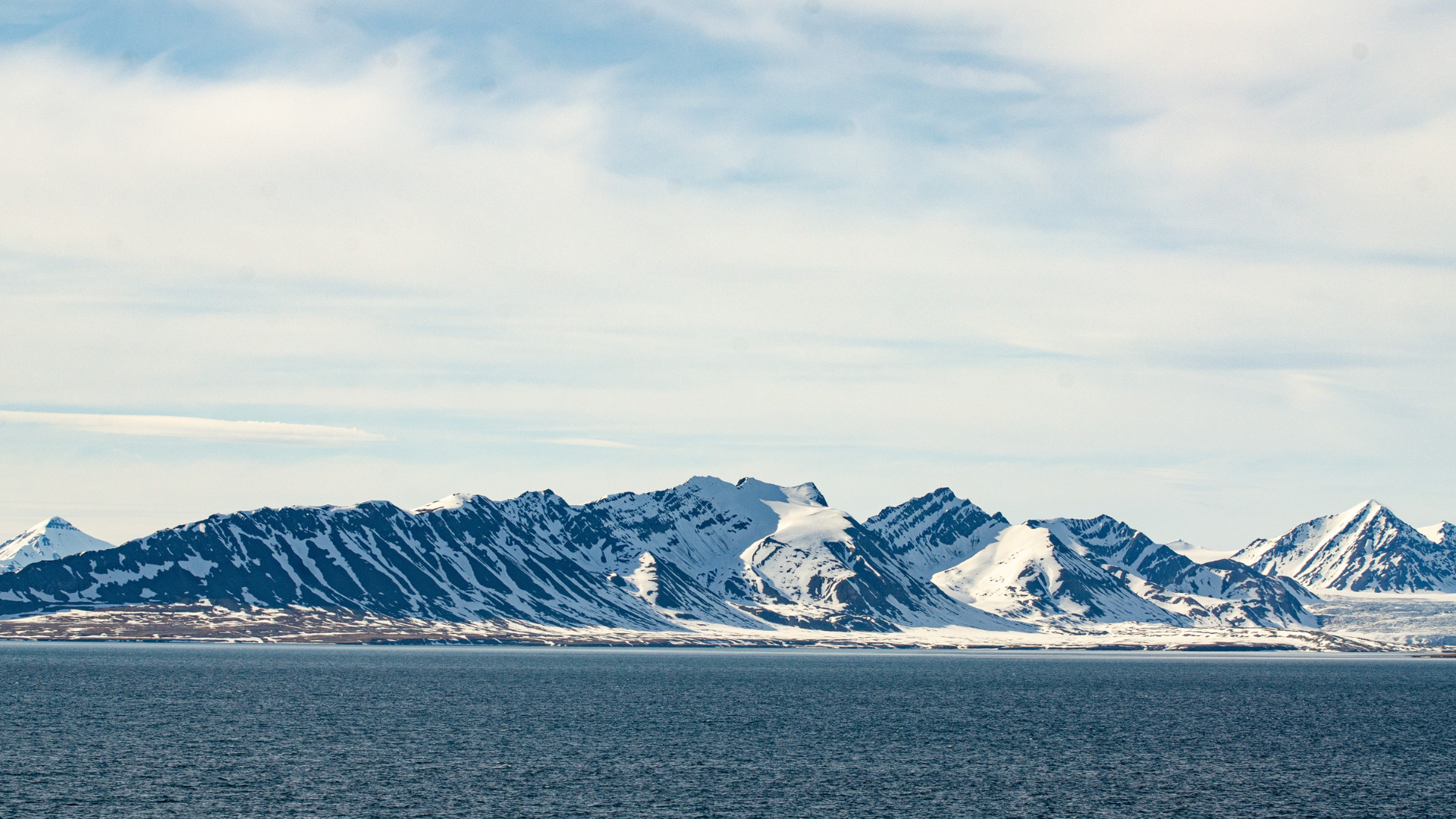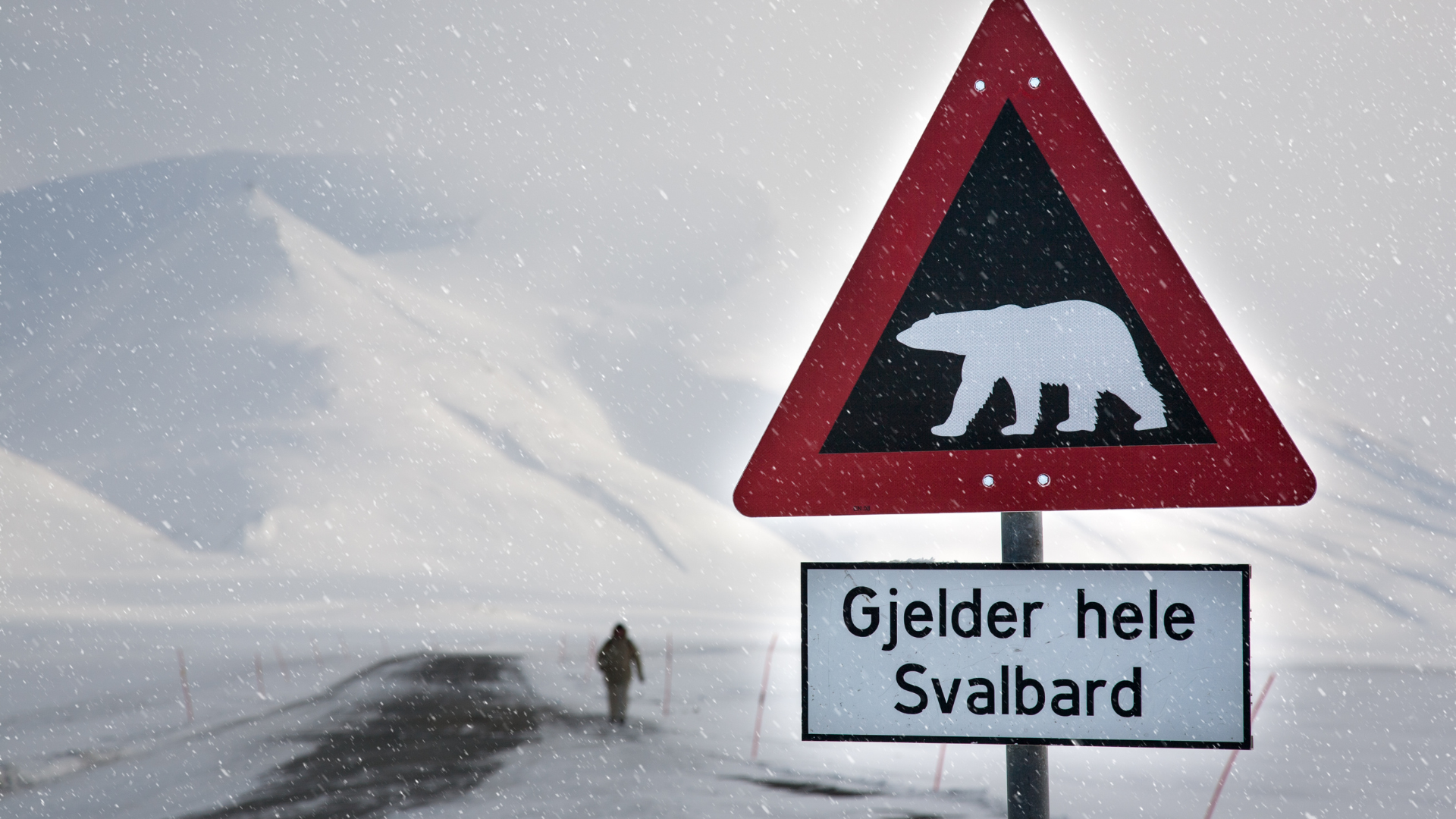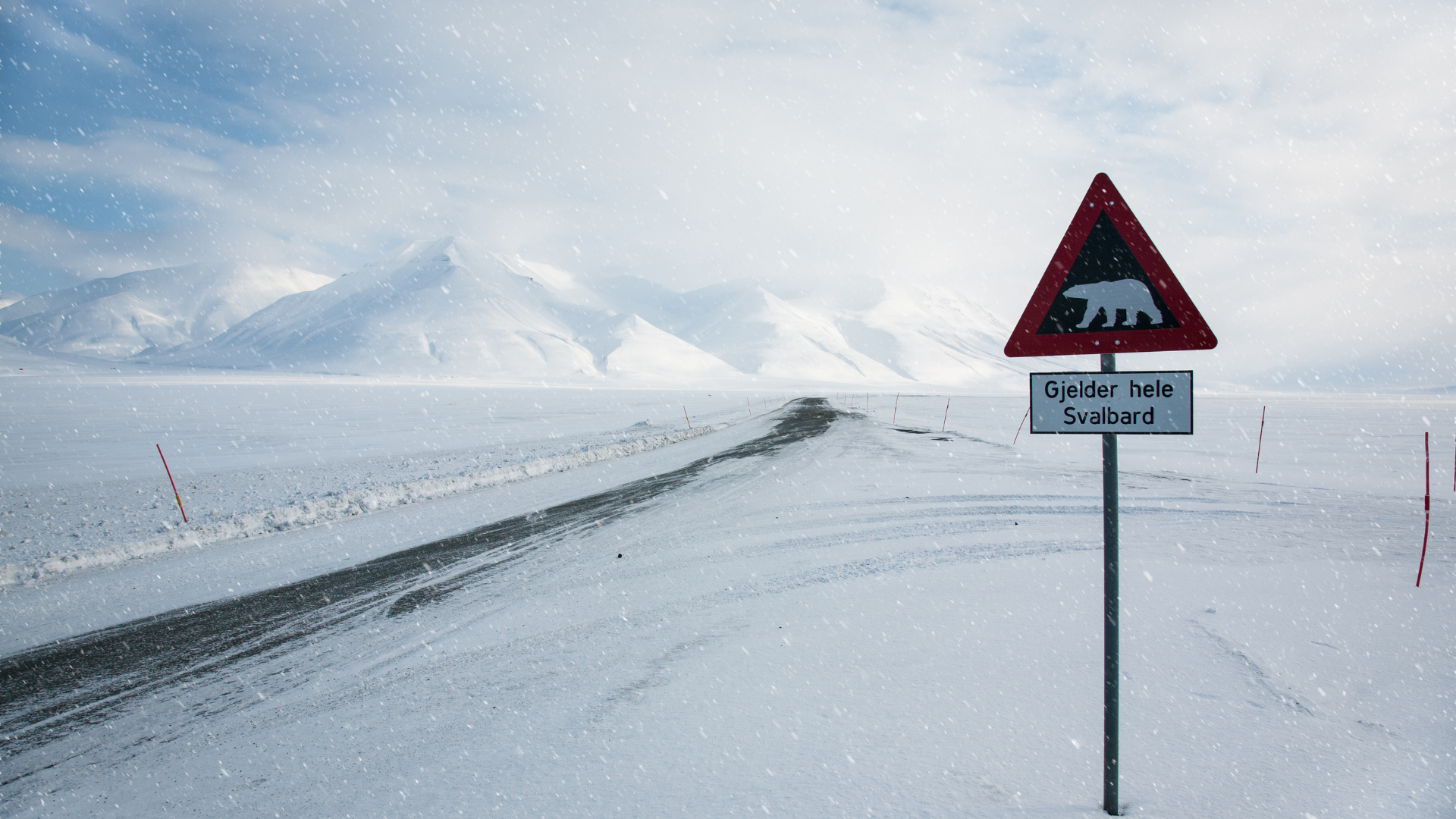How to Stay Safe on a Trip to Spitsbergen
How to Stay Safe on a Trip to Spitsbergen
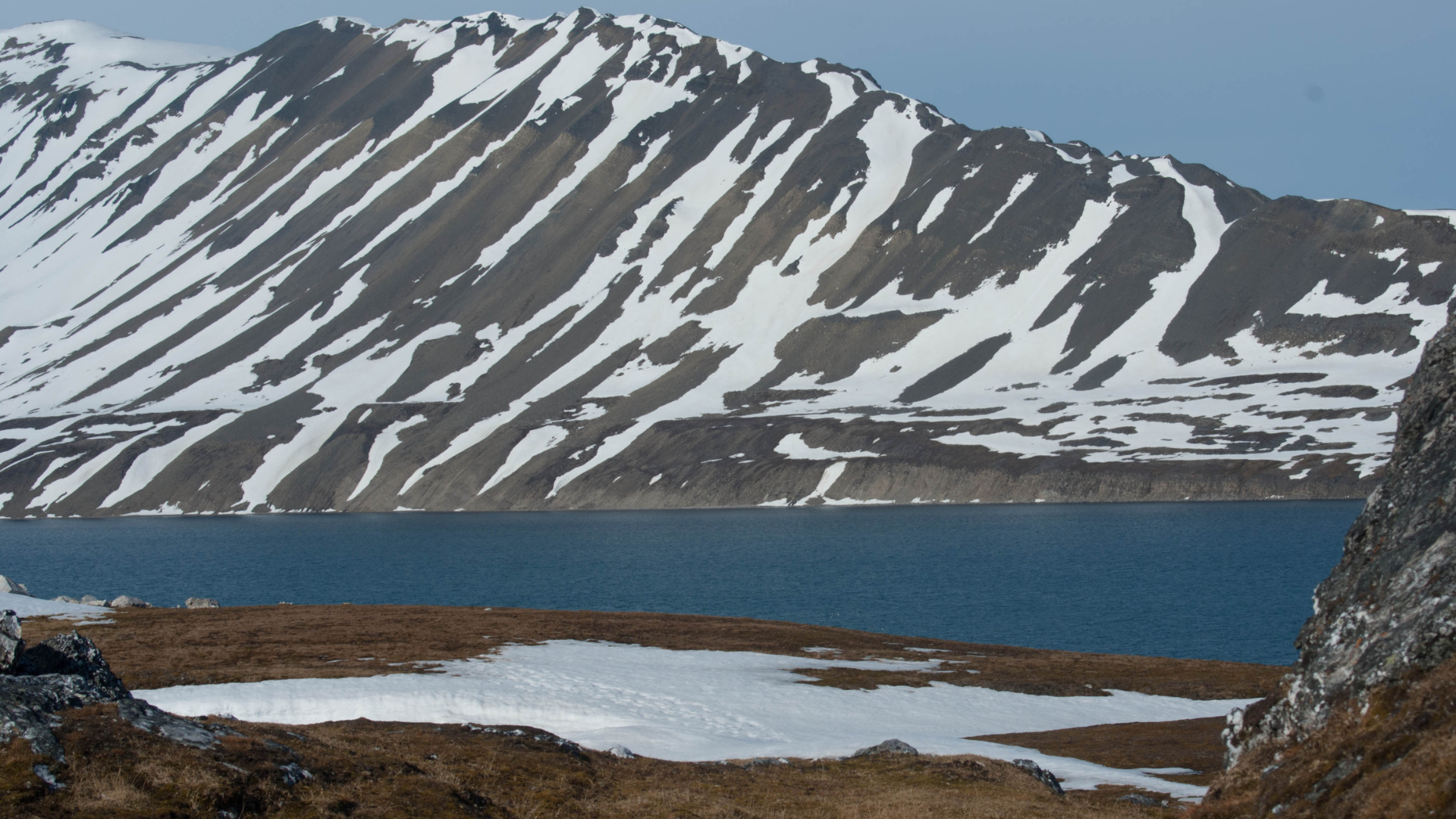
Visiting Spitsbergen offers an unparalleled Arctic adventure, with its stunning landscapes, unique wildlife, and extreme conditions. However, the remote and rugged environment requires careful preparation and awareness to ensure a safe and enjoyable trip. Here’s a comprehensive guide on how to stay safe during your visit to Spitsbergen.
First and foremost, understanding and respecting the weather conditions is crucial. The Arctic climate is unpredictable, with sudden changes that can include blizzards, high winds, and extreme cold. Always check the weather forecast before heading out and be prepared for rapid changes. Dress in layers to stay warm, and carry extra clothing in case conditions worsen. Windproof and waterproof outer layers are essential, as are insulated gloves, hats, and boots.
Navigating the terrain requires caution and proper equipment. The rugged landscape includes glaciers, mountains, and fjords, which can be hazardous if you’re not well-prepared. Use sturdy, waterproof hiking boots and consider bringing ice grips or crampons for icy surfaces. If you plan to venture onto glaciers, never go alone and always use the services of an experienced guide. Crevasses and unstable ice are significant dangers that require expert navigation.
Wildlife encounters, particularly with polar bears, are a major safety concern in Spitsbergen. Polar bears are apex predators and can be extremely dangerous. Always be vigilant and keep a safe distance. When outside of settlements, it is mandatory to carry a firearm for protection, or you must be accompanied by an armed guide. Familiarize yourself with safety protocols for polar bear encounters, such as making noise to avoid surprising them and knowing how to use bear deterrents.
Joining guided tours is highly recommended for safety and to enhance your experience. Professional guides are knowledgeable about local conditions, wildlife behavior, and emergency procedures. They provide the necessary equipment and guidance for activities such as snowmobiling, dog sledding, and glacier hiking. Group tours also reduce the risk of getting lost or encountering dangers alone.
Communication and emergency preparedness are vital. Mobile phone coverage is generally good in Longyearbyen but limited in remote areas. Carry a satellite phone or personal locator beacon if you plan to travel outside the main settlements. Always inform someone of your itinerary and expected return time. In case of an emergency, knowing your exact location and having reliable communication tools can be lifesaving.
Health and first aid considerations are essential. The cold temperatures and remote location mean that medical help can be far away. Carry a well-stocked first aid kit, including supplies for treating frostbite, hypothermia, and minor injuries. Familiarize yourself with the symptoms of these conditions and know how to administer first aid. Travel insurance that covers medical emergencies and evacuation is crucial, as the nearest hospital with comprehensive facilities may be in mainland Norway.
Respecting the local environment and regulations is not only ethical but also enhances safety. Stick to marked trails and avoid disturbing wildlife. The Arctic ecosystem is delicate, and human impact can have long-lasting effects. Adhering to the principle of “leave no trace” helps preserve the environment for future visitors. Additionally, local regulations regarding wildlife protection, safety protocols, and environmental conservation must be followed strictly.
Food and water safety should also be considered. While Longyearbyen has modern amenities, including restaurants and shops, once you venture into the wilderness, you’ll need to be self-sufficient. Carry enough food and water for your trip, and use proper storage to avoid attracting wildlife. If you’re unsure about the safety of water sources, bring a portable water filter or purification tablets.
Mental preparation is another important aspect of staying safe. The isolation, extreme weather, and unique conditions can be challenging. Prepare yourself for the experience of 24-hour daylight in summer or the prolonged darkness of the polar night in winter. Both can affect your sleep patterns and mental state. Embrace these conditions as part of the adventure, but also make time for rest and self-care.
Staying safe on a trip to Spitsbergen requires thorough preparation, respect for the environment, and awareness of potential hazards. By dressing appropriately, using the right equipment, joining guided tours, and following local regulations, you can ensure a safe and memorable Arctic adventure. The unique beauty and experiences of Spitsbergen are well worth the effort, provided you take the necessary precautions to protect yourself and the environment.


